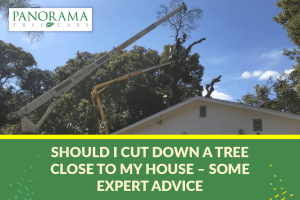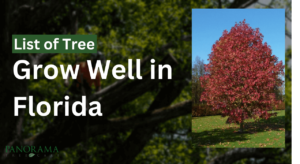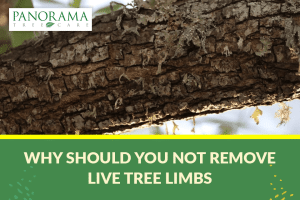Trees are vital to our urban environments, providing shade, beauty, and a breath of fresh air.
In places like Tampa Bay, trees also play a crucial role in managing the local climate and supporting wildlife. But To keep our trees healthy and safe, regular professional tree inspections are essential.
Let’s dive into why these inspections are so important and what they involve.
What Are Professional Tree Inspections?
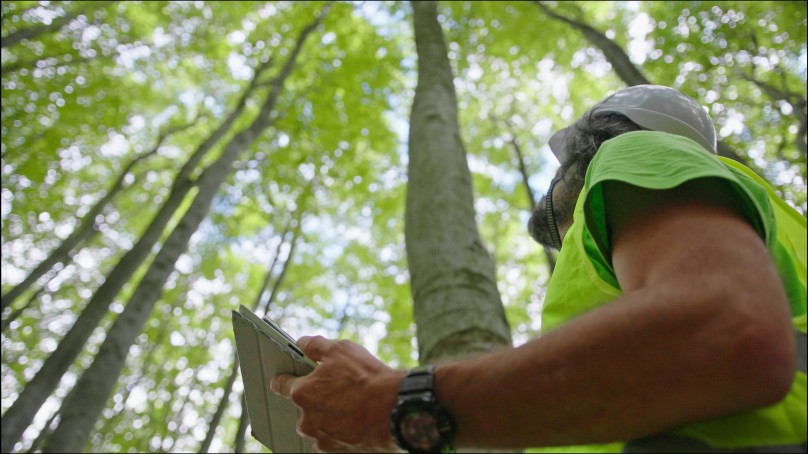
Professional tree inspections are comprehensive evaluations conducted by certified arborists. These experts assess the overall health, structure, and potential risks associated with trees on your property.
For Tampa Bay residents, it’s recommended to have inspections at least annually, with additional checks after severe storms or hurricanes.
Key Benefits of Regular Tree Inspections
Early Detection of Tree Diseases
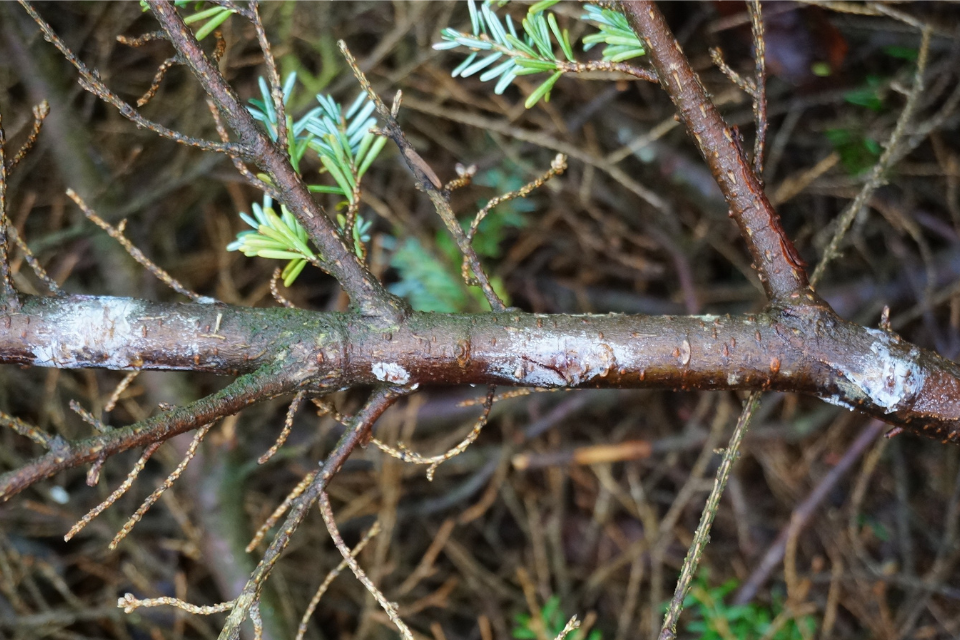
In Tampa Bay, various tree diseases pose significant threats to the health of our urban forest. Diseases like oak wilt and bacterial leaf scorch can quickly devastate trees if not caught early.
Oak wilt, for example, is a fungal disease that spreads through the root systems of oak trees and through beetles that carry fungal spores from infected trees to healthy ones.
Bacterial leaf scorch affects a wide range of tree species, causing leaves to brown and die prematurely.
Early detection is crucial because it allows for timely intervention. When diseases are identified in their initial stages, treatment options are more effective.
This might include applying fungicides or bactericides, pruning infected branches, or improving tree care practices to boost the tree’s overall health and resistance.
By catching these diseases early, we can save trees that might otherwise be lost and prevent the disease from spreading to nearby healthy trees.
Identification of Structural Issues
Structural problems in trees can be particularly dangerous. Trees with weak branch unions, for instance, are at a higher risk of losing limbs during storms or high winds.
A weak branch union occurs when two branches grow closely together without a strong connection, making them susceptible to breaking.
Root problems are another common structural issue. Roots can be damaged by construction activities, compacted soil, or poor drainage, which weakens the tree’s support system.
Decay and cavities within the trunk or branches also compromise the tree’s structural integrity. Regular inspections help identify these issues early.
Arborists can recommend solutions like pruning to remove weak branches, cabling to provide extra support, or soil aeration to improve root health.
Storm Damage Prevention
In Tampa Bay, hurricane season brings the risk of severe storms that can cause significant damage to trees and properties.
Regular tree inspections play a vital role in storm damage prevention. Arborists assess a tree’s wind resistance by examining its structure and health.
Trees with dense canopies, weak branches, or unbalanced growth are more likely to suffer damage in high winds.
Identifying potential hazards before a storm is critical. This might include removing dead or weak branches, thinning the canopy to reduce wind resistance, or even removing trees that pose a high risk of falling.
By taking these preventive measures, we can minimize storm damage, protect our homes and properties, and ensure the safety of our community.
Pest Management
Florida’s warm climate makes it a hotspot for various tree pests. Common pests include the emerald ash borer, which attacks ash trees, and different species of beetles that can cause severe damage.
The emerald ash borer, in particular, is notorious for its ability to kill ash trees within a few years of infestation.
Early intervention is key to effective pest management. Regular inspections help detect infestations early before they become severe.
Arborists can then implement control measures such as applying insecticides, introducing natural predators, or using traps to reduce pest populations.
Early intervention prevents pests from spreading and causing extensive damage, ensuring the health and longevity of our trees.
Improved Tree Health and Longevity
Regular tree inspections are essential for maintaining tree health and promoting longevity. During an inspection, arborists look for signs of nutrient deficiencies, such as yellowing leaves or stunted growth.
They also assess growth patterns to ensure trees are growing correctly and not developing issues like leaning or overcrowded branches.
Based on their findings, arborists can recommend specific care practices. This might include fertilization to address nutrient deficiencies, mulching to retain soil moisture, or targeted pruning to improve structure and airflow.
By providing trees with the care they need, we can enhance their health, ensure they thrive in urban environments, and enjoy the many benefits they provide for years to come.
Consistent routine tree trimming and inspection Tampa services help correct growth patterns and catch early signs of decline before they become severe issues.
Cost Savings Through Preventive Care
Investing in regular tree inspections can save you money in the long run. Preventive care helps avoid costly emergency tree removals and repairs.
It also reduces the risk of property damage and liability issues, such as falling branches injuring someone or damaging a neighbor’s property.
Choosing proactive measures like preventative tree care services Tampa not only reduces long-term expenses but also strengthens the overall health of your landscape.
Environmental Benefits
Healthy trees contribute to a robust urban canopy, which plays a significant role in carbon sequestration and supporting local ecosystems.
By maintaining our trees, we help combat climate change and promote biodiversity in urban areas.
Panorama Tree Care’s Inspection Process
At Panorama Tree Care, we take a thorough approach to tree inspections. Our certified arborists use advanced tools and techniques to assess tree health and structure.
We then create customized care plans tailored to the specific needs of each tree, ensuring optimal health and safety.
When to Schedule a Tree Inspection
In Tampa Bay, the best times for tree inspections are during the spring and fall when trees are most active.
However, certain signs like sudden changes in leaf color, dead branches, or visible pests indicate an immediate need for inspection. Regular checks after major storms are also crucial.
FAQs
1. How often should I have my trees inspected?
Trees should be inspected at least once a year, but older or high-risk trees may need more frequent checks.
2. What qualifications should a tree inspector have?
Look for certified arborists with credentials from organizations like the International Society of Arboriculture (ISA).
3. Can DIY inspections replace professional ones?
While regular visual checks by homeowners are helpful, they cannot replace the expertise and tools of a professional arborist.
4. How long does a professional tree inspection take?
The time can vary, but most inspections take between 30 minutes to an hour, depending on the number and size of trees.
5. What happens after an inspection reveals issues?
If problems are found, the arborist will recommend a treatment plan, which may include pruning, pest control, or other interventions to address the issues.
Conclusion
Regular professional tree inspections are essential for maintaining healthy and safe urban trees. They help detect problems early, prevent storm damage, manage pests, and ensure trees thrive.
For Tampa Bay property owners, investing in these inspections means protecting your trees, your property, and your community.
Don’t wait for the next storm or pest outbreak—contact us today to schedule a professional inspection and protect the trees that enhance your Tampa Bay property.



